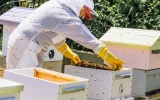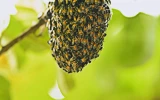How Far To Move a Split Beehive For Success
Swarming is a natural process to propagate bees' population. It can, however, cause losses and potentially weaken a colony. Splitting has been a great way to combat losses from bee swarms, but the question is: how far should you move a split beehive before you consider it a success?
The split beehive must be moved at least three miles from the original hive to ensure success. This is because drifting bees can fly back to the original hive if put in the same place as a split hive. Moving a split beehive also keeps it away from hive robbers.
To understand the underlying principles of splitting a beehive and for more tips on how to successfully split one, read on.
Summary
- The split beehive must be moved at least three miles away from the original hive to ensure success.
- Splitting is a great way to combat swarming and a practical way for beekeepers to fully utilize their colonies.
The success of the split is dependent on the careful selection of which bees to transfer and their relocation away from the original hive.
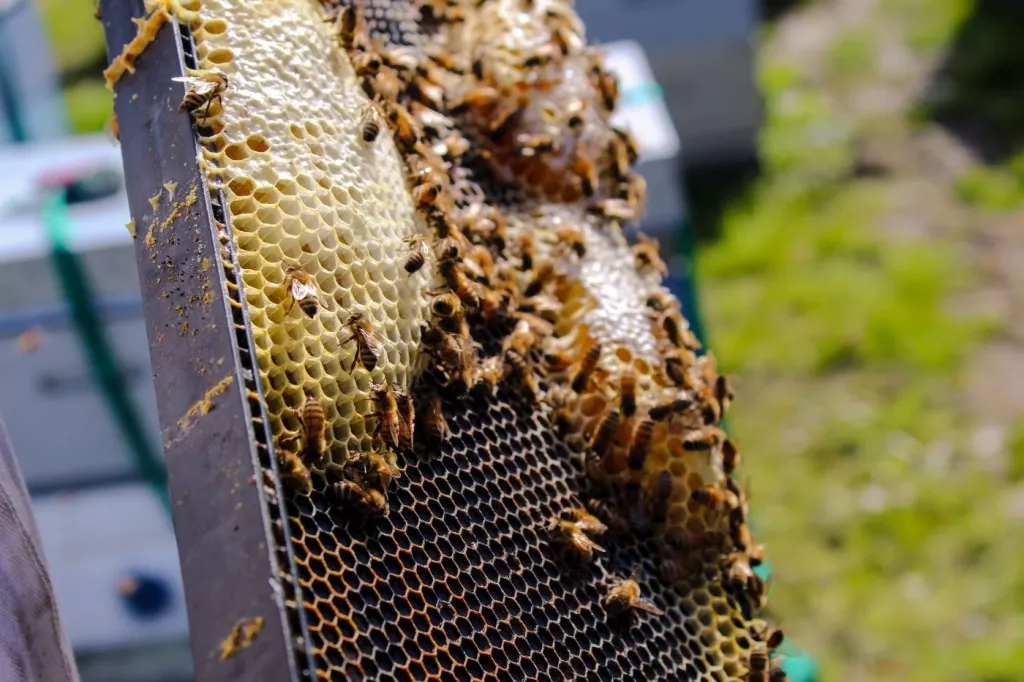
On this page:
A Split Must Be Moved Three Miles Away from the Original Hive
A split means splitting or dividing one colony into two. A beekeeper will choose a strong colony that has passed all the requirements before splitting. A good split should contain capped worker brood with some worker eggs and larvae, honey, and pollen.
You may be compelled to ask why a split is necessary, and here are some of the reasons:
- A split is done to avoid overcrowding inside the colony. An overcrowded colony is at risk of swarming.
- Splitting is a good way to expand your hive. If you have two strong hives that came at a time when the other one became weak, the other half can help get the other back in shape.
- Abundant honey production is another reason why splitting a beehive is essential. You will get two times the amount of honey produced from a single beehive.
- A beehive can be sold, especially to beginners in beekeeping. It's also a good place to start beekeeping since there's an established brood and colony already.
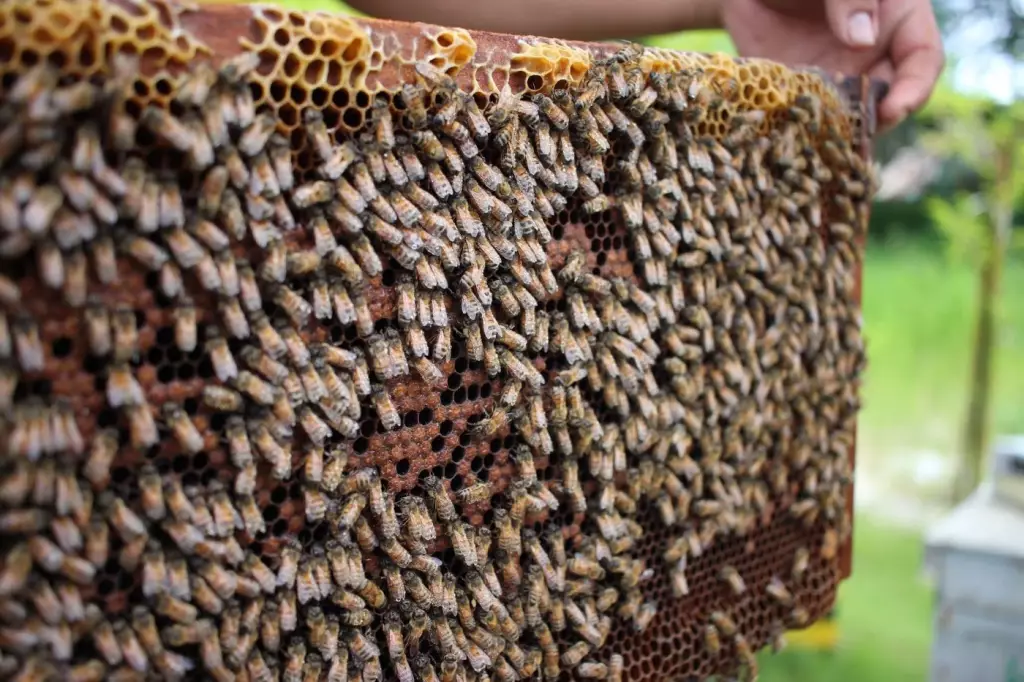
There are requirements for selecting a beehive to split. An ideal colony for a split should be:
- Strong
- Healthy
- Has large population
- An established colony for more than a year
- A colony that has survived the winter
Now, the basic process of splitting starts with setting up a new beehive and transferring two honey frames. When it comes to the queen, it's up to you whether to introduce a new queen or let the worker bees establish their own.
When transferring a brood, choose plenty of capped broods to increase the new hive population. Transfer uncapped broods with nurse bees that will take care of them and cover them on cool nights. Lastly, monitor the new hive closely and ensure that there are enough adults to run the hive.
It is important to carefully choose which bees to transfer as there are bees called drift. These are bees that return to the original hive after the split, especially if you put the split hives in the same place. If this happens, the split is a failure. To avoid such instances, there are two ways to address this:
- Include more nurse bees, as they are not able to fly back to the hive.
- Separate the split at least three miles away from each other and block the entrance.
How to Move A Split Hive
Move a beehive during the night when all bees are at home. A few preparations have to be done first. In setting up their new place, a landmark should be placed to help bees remember their new home.
Secondly, in sealing the bees in the hive, beekeepers usually use a duct tape or a staple # hardware cloth, ensuring that ventilation is still good. Third, use straps and clamps to keep the box altogether. It is highly likely that overtime, these boxes are already worn out.
Finally, as you move the boxes, make sure that the pace is steady and slow to avoid bees to become too disoriented. Monitor the newly relocated split hive now and then to ensure that bees are re-orienting themselves.
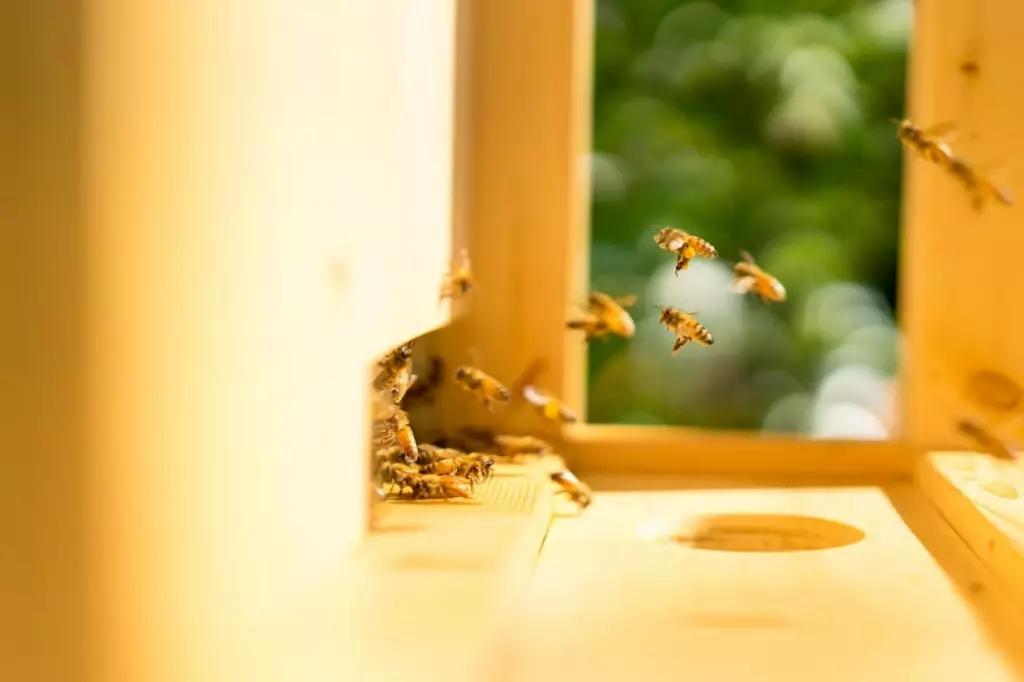
Split Hive and Drifting Bees
As mentioned above, a split hive must be relocated at least three miles away from the original hive due to one reason: the drifting bees.
Drifting bees refer to bees that have drifted or got separated from their original colony - leaving one colony behind and moving to another nearby colony. In most instances, these bees are accidentally mistaken. They can, however, enter a different hive because they are carrying nectar or pollen.
One drifting bee is not much of a problem, but when there are plenty of drifting bees leaving a colony altogether, one colony may become overcrowded, while the colony left by drifting bees will lose all functioning workers.
Another disadvantage of drifting bees is that they might have come from a hive that has pests or diseases, and chances are high that they can bring these to the new hive.
Below are possible ways to lessen drifting bees:
- Place your bees in different directions. Entrances should be positioned opposite or at an angle with each other.
- Paint your hives with bright pastel colors that bees can recognize. Here are the colors that bees can see.
- Place a colony near a landmark, for example, a statue, tree, or bush to help bees with navigating and identify it as home.
- Try arranging the hives in an outward-facing circle.
- Colonies placed in the middle lose bees more often, while colonies on each end gain more bees and produce more honey. Since bees have certain association tactics, you can try placing the colony with loses most bees in place of the colony that gains more bees to balance the numbers out.
Split Hive and Hive Robbers
Let's say all is well, and you now have two hives from one after splitting. However, split hives are weak hives, especially if new. Robbers are usually strong colonies prying on smaller colonies and technically, split hives fall under the small colony.
This is where relocating your split hive becomes handy. You can move them away from the original hive and put them back once they gained the ability to defend the hive.
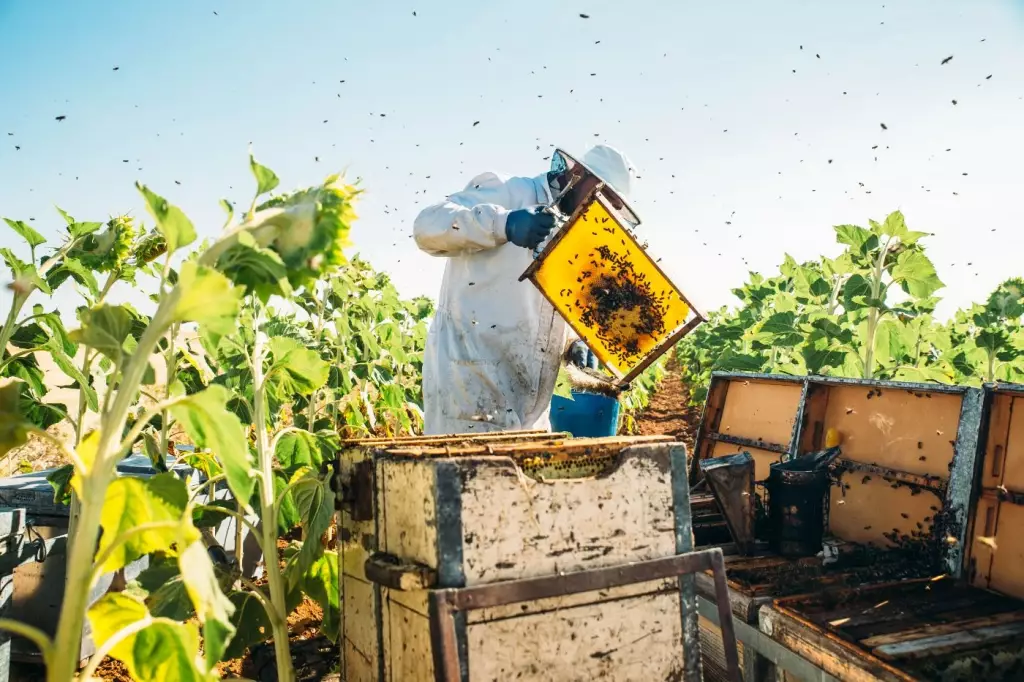
To prevent hive robbery, there are other preventive tips to take note of to ensure the success of a split hive:
- Never leave honey out in the open near the newly split hives.
- Since bees split hives will first be fed sugar syrup, it's best to put the feeder inside even though it will make room, and as much as possible keep it away from the entrance.
- Be careful not to spill any sugar syrup around the split hives, as any drop can attract robbers.
If, however, the robbers can get through the hive, the best option is to close up the hive or reduce its entrance - small enough for a single bee to pass through. Stuffing the entrance with mesh or grass can also work, and bees can still go in and out.
Other options include draping a wet towel over the hive for two or three days to mask off the smell of honey or using a sprinkler placed near the hive to ward off the robbers and wash away the smell as well, or smearing strong-smelling scents that can deter the robbers.
In any case, you can decide on which option suits best for your split hives to be successful and grow into a healthy colony that will produce more honey.
